The maker course is a comprehensive course that combines “creative design + modern tools,” aimed at cultivating children’s innovative thinking and practical skills. It advocates for students to create independently, encouraging them to design and produce works based on their own ideas. By integrating Arduino boards with various sensors, students can design and develop various interesting, fun, or practical projects.
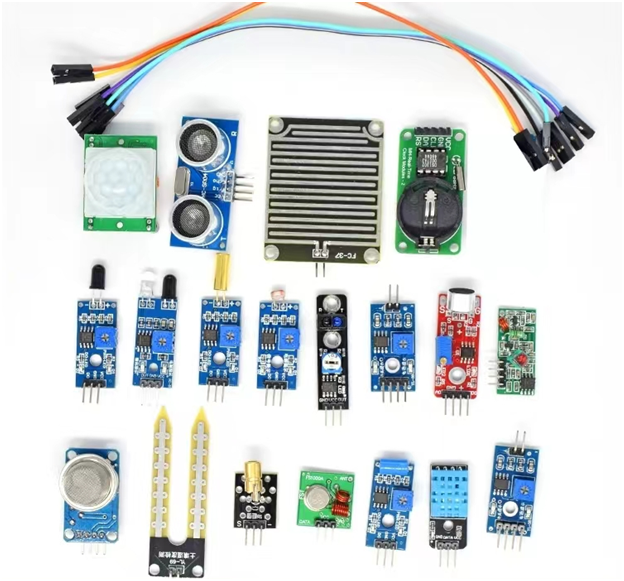
Sensors play a crucial role in the design and production of maker projects. The smartphones we use every day integrate dozens of sensors, and in modern production, scientific research, transportation, and other fields, the types of sensors used are countless. Even in maker education aimed at primary and secondary school students, there are more than a dozen major categories of commonly used sensors, each of which can be subdivided into various types of sensors, totaling over 100 types.
Here, we will explore three common types of sensors in daily life and practical cases to understand the principles and usage methods of different sensors.
1
Soil Moisture Sensor

The soil moisture sensor can measure the moisture content in the soil and help farmers, gardening enthusiasts, and smart agricultural systems monitor and adjust the irrigation water supply for plants, maintaining their healthy growth.
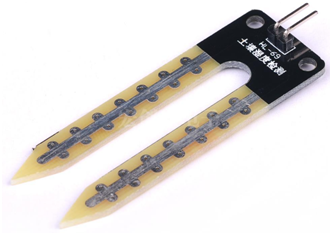
Soil moisture sensors typically use conductivity or capacitance to measure soil moisture. They output electrical signals by detecting the amount of water in the soil, allowing us to gain insights into the principles of different types of sensors and explore how they accurately measure soil moisture.
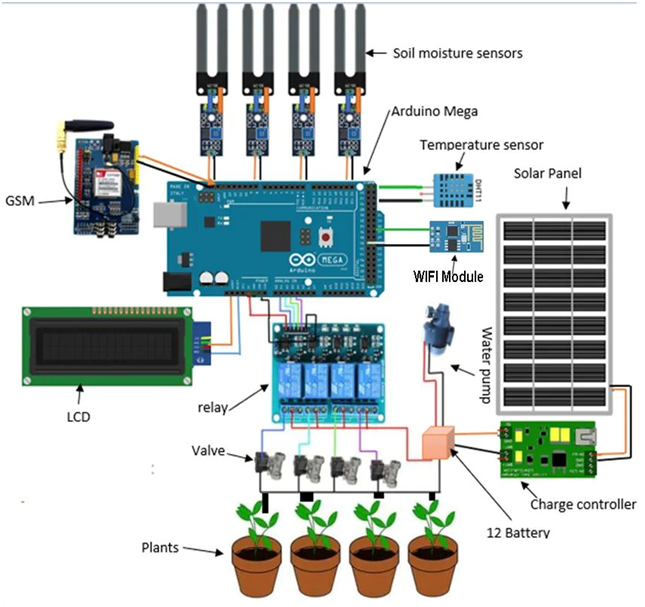
1.Resistance Sensor: This sensor uses two or more electrodes to measure the soil’s conductivity, which is related to the moisture content in the soil. When the soil is dry, the resistance increases; when the soil is wet, the resistance decreases. By measuring the change in resistance, the sensor can determine the soil’s moisture level.
2.Capacitance Sensor: This sensor measures moisture content by utilizing the soil’s effect on capacitance. The electrodes in the sensor come into contact with the soil, and the moisture in the soil affects the capacitance between the electrodes. The wetter the soil, the larger the capacitance; the drier the soil, the smaller the capacitance. By measuring the change in capacitance, the sensor can estimate soil moisture.
2
Touch Sensor

Touch sensor technology is gradually replacing mechanical methods such as mice and keyboards. Touch sensors can detect touch without physical contact. They are being integrated into many applications, including mobile phones, remote controls, and control panels. Today’s touch sensors can completely replace mechanical buttons and switches.

The working principle of touch sensors is very similar to that of switches: when touched or approached, the internal circuit of the sensor closes and causes current to flow. When the touch is released, the circuit opens, and no current flows in the circuit.
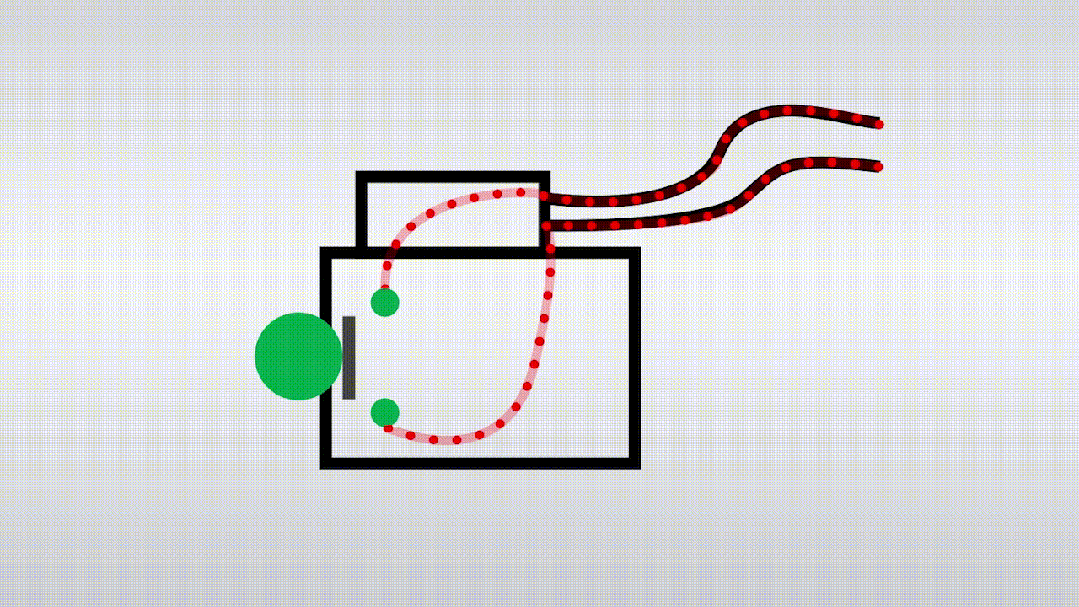
The commonly used touch sensors on the market mainly include capacitive touch sensors and resistive touch sensors. There are also infrared and ultrasonic touch sensors, among other types.
1. Capacitive Touch Sensor: The most common touch sensor is the capacitive touch sensor. Most portable devices with touch functionality, such as smartphones and tablets, currently use capacitive touch sensors.
2. Resistive Touch Sensor: The principle of resistive touch differs from that of capacitive touch. It forms a certain insulating cavity between two electrode films. When a finger or other object, such as a key, comes into contact with the surface film and applies pressure, it causes the surface electrode film to bend and contact the underlying electrode film, thus generating current that can be detected.
3. Infrared Touch Sensor: This typically uses a matrix of infrared rays arranged in the X and Y directions to detect and locate user touches. It is commonly applied in electronic whiteboards, touch all-in-one machines, and other large screens. When a user touches the screen, their finger blocks the infrared rays passing through that position, allowing the touch point to be determined on the screen.
3
Infrared Sensor

The infrared sensor is an instrument that uses infrared rays for sensing, a type of sensor that completes measurement functions using infrared as a medium. Infrared rays, also known as infrared light, have properties such as reflection, refraction, scattering, interference, and absorption. Infrared sensors measure without direct contact with the object being measured, thus avoiding friction and having advantages such as high sensitivity and fast response.
Optical systems can be classified into two types based on their structure: transmission type and reflection type. The transmission type requires two components, one for emitting infrared rays and one for receiving them. The reflection type only requires one sensitive element to collect the necessary information.

Infrared sensors can be divided into many types based on their applications, such as infrared distance sensors, infrared data transmission, etc.
Infrared distance sensors are measuring systems using infrared as a medium, with a wide measurement range and short response time, primarily applied in modern technology, national defense, and industrial and agricultural fields.

Infrared data transmission is also widely used in daily life. TV remote controls use infrared signals to control televisions remotely, and data can be transmitted via infrared on mobile phones. These were some of the early applications of infrared technology.
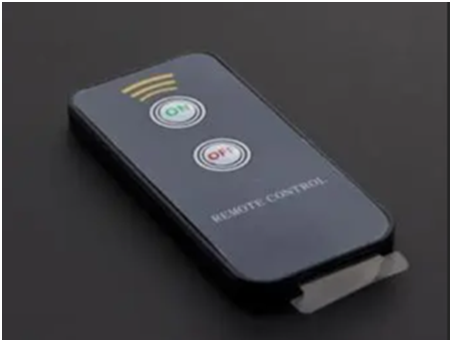
As times change, intelligent sensor technology is constantly innovating and developing, gradually transforming our world. We must not only recognize the profound impact of these technologies on modern society but also realize their significant value in cultivating the learning abilities of young makers.
Therefore, we encourage more young people to participate in maker learning, cultivating their innovative thinking and practical skills through learning and applying sensor technology, contributing their strength to future technological development and social progress, and helping us build a smarter, more efficient, and convenient future!
